Warbirds Online have a few favourite aircraft we often like to visit when we travel to the United Kingdom and one of the most unusual is an ex Australian operated Supermarine Seagull V A2-4 VH-ALB. The Seagull and the Supermarine Walrus I are to all intents and purposes the same aircraft; Walrus being the name given to the aircraft in RAF service. The Walrus II was in fact merely a wooden hull version of the Walrus I to save the use of valuable aluminium alloy.
Australia was a very large user of the Seagull/Walrus operating 24 Seagull V aircraft serials A1-24 and 29 Walrus I with 11 Walrus II (Wooden hulled version) for a total of 54 out of a total production of 740 aircraft. Interestingly, the Walrus/Seagull type owes its existence to the RAAF and was initially developed as a private venture in response to a 1929 Royal Australian Air Force (RAAF) requirement for an observation seaplane to be catapult-launched from cruisers. The gestation of the design lasted until the prototype was flown in 1933 by the famous Joseph “Mutt” Summers.
- Seagull V A2-4 RAAF Williamtown 1946
- Seagull V A2-4 being recovered
- Seagull V A2-4 VH-ALB 1960s Moorabbin
Supermarine Seagull V A2-4 VH-ALB History
The subject of this news article was the 4th Seagull and of 24 Supermarine type 236 Seagull V aircraft ordered for the Royal Australian Navy to specification 6/34. Built at Vickers Supermarine, Woolston, Order No.0.1.416. she was fitted with a 775hp Bristol Pegasus engine driving a 4 blade propeller curiously made from two 2 blade props bolted together at 90 degrees to each other in a very unique configuration.
This particular aircraft served onboard most of the famous Australian capital ships of WW11, including the Perth, Sydney, Canberra and Australia as well as having an eventful career including being sunk at least once and damaged by gun blasts whilst on board RAN warships several times. The aircraft served in many roles during it service including coastal patrol, target towing, air sea rescue and training. Supermarine Seagull A2-4 travelled considerably within Australia and was based at various locations including Richmond and, Rathmines NSW and Bowen and Cairns Queensland to name a few.
- Seagull V A2-4 VH-ALB 1964
- Seagull V A2-4 VH ALB at Coffs Harbour 1965
- Seagull V A2-4 VH-ALB Camden 1967
Post-war, the aircraft operated with numerous civil operators Including the Late , DSO, DFC & Bar, OAM and was the last flying Seagull/Walrus globally when it was grounded in 1970. A2-4 is also the last survivor of the Seagull type, the other 3 survivors all being Walrus I aircraft. An excellent history of the aircraft prepared by the RAF Museum can be found on the RAF Museum Hendon website and detailed in this PDF Document.
- Seagull V A2-4 at Camden 1968
- Seagull V A2-4 at Taree NSW 1970
- Detail of Seagull V A2-4 two part hybrid prop
Following a stream of owners and incidents the Seagull was finally grounded in 1970 and struck off the civil register in 1972 and that year was exchanged with the RAF Museum for Spitfire XIV TE384 plus $5,000 AUD . In 1973 the RAAF Flew the Seagull in a Hercules to Darwin from Bankstown whereupon the RAF picked up the elderly aircraft in one of their Hercules and flew it to the UK. The Seagull was then placed in the RAF Museum Store, RAF Wyton where restoration to high standard static restoration was commenced and then finished at RAF Cardington where it was completed in 1978. The much travelled Seagull was then transported to the RAF Museum, Hendon and displayed in its Australian camouflage and wearing its Australian serial as A2-4.
Warbirds Online has visited the aircraft on many occasions over the years and it formed a combination of several Ex RAAF aircraft in the Museum including Lockheed Hudson A16-199 and Bristol/DAP Beaufort. The Seagull remained on duty in the Museum for the next 39 years until in 2017 as part of the RAF Museum reorganization the aircraft was removed, dismantled and placed in at the RAF Museum Reserve Collection, Stafford where it remains to this day. Hopefully she will return to a museum at some time in the future. The Museum notes that at the time of dismantling it was in very good condition.
Warbirds Online acknowledges and is grateful for the use of some material in this story from the Australian War Memorial’s website and for the use of photographs from other Warbird websites.
© John Parker 2021
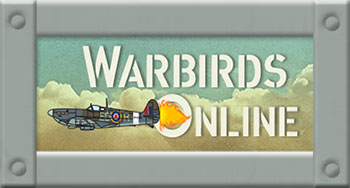
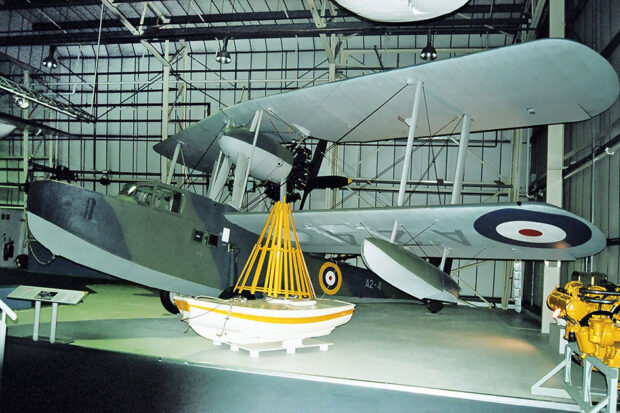
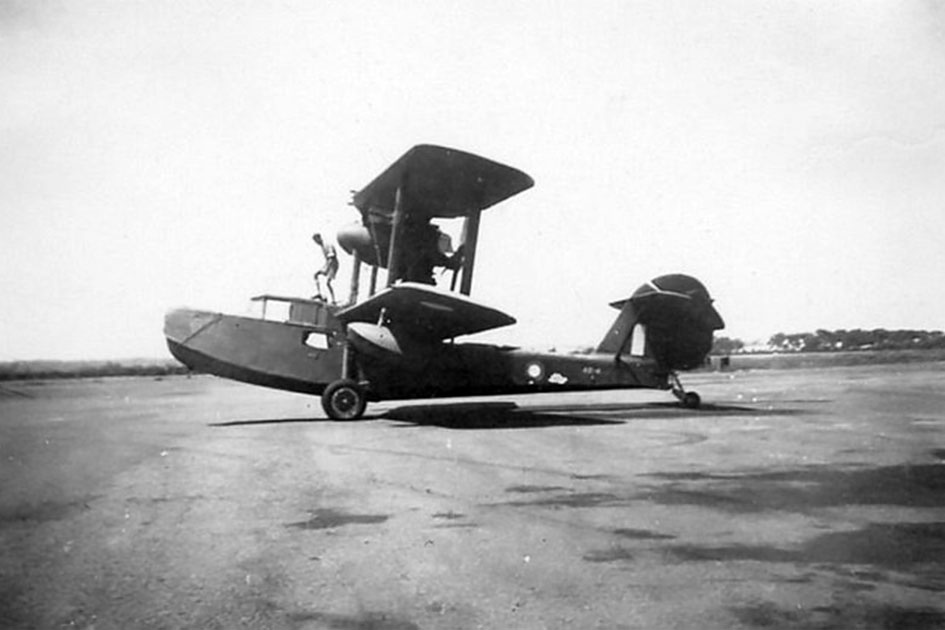
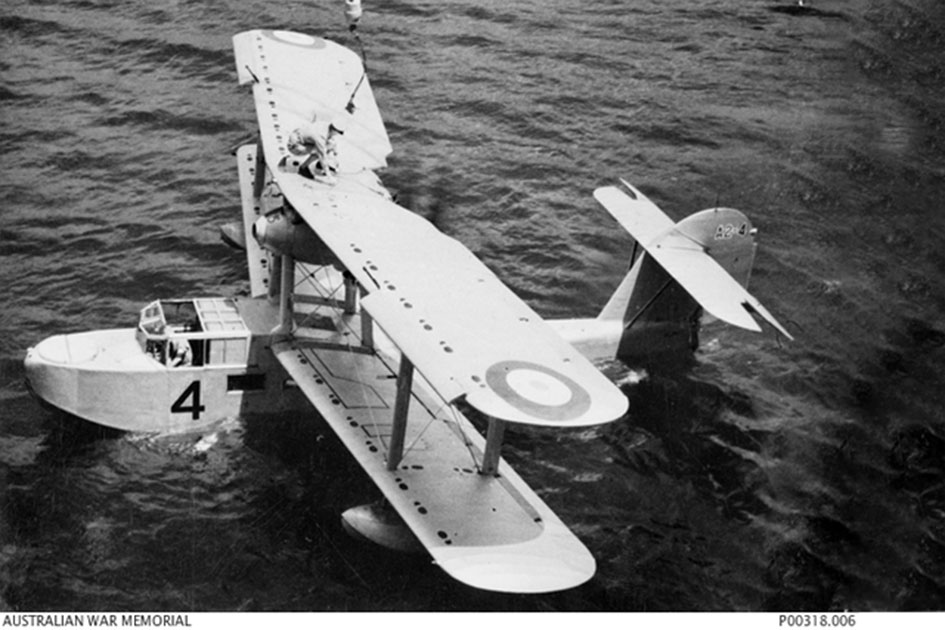
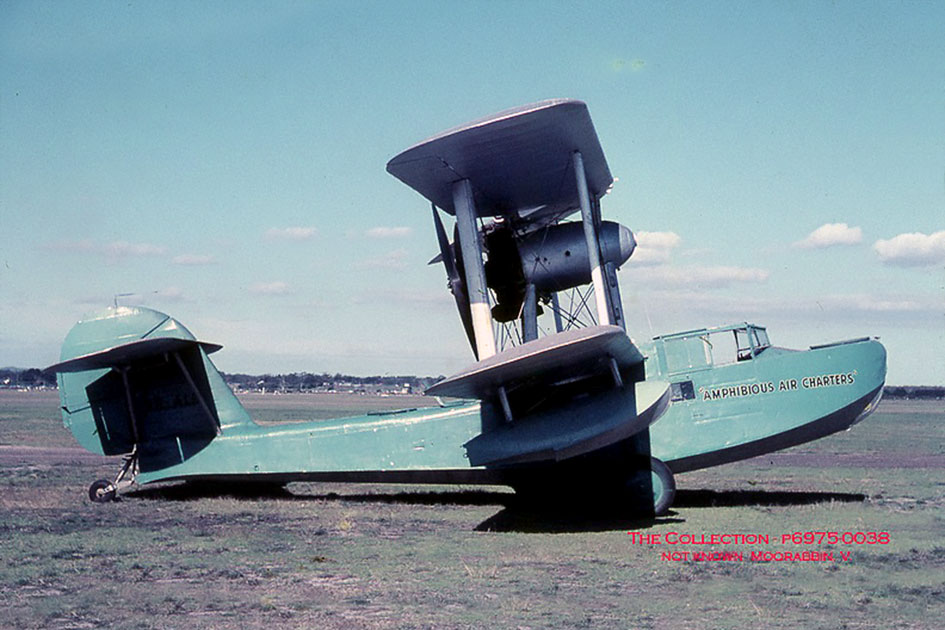
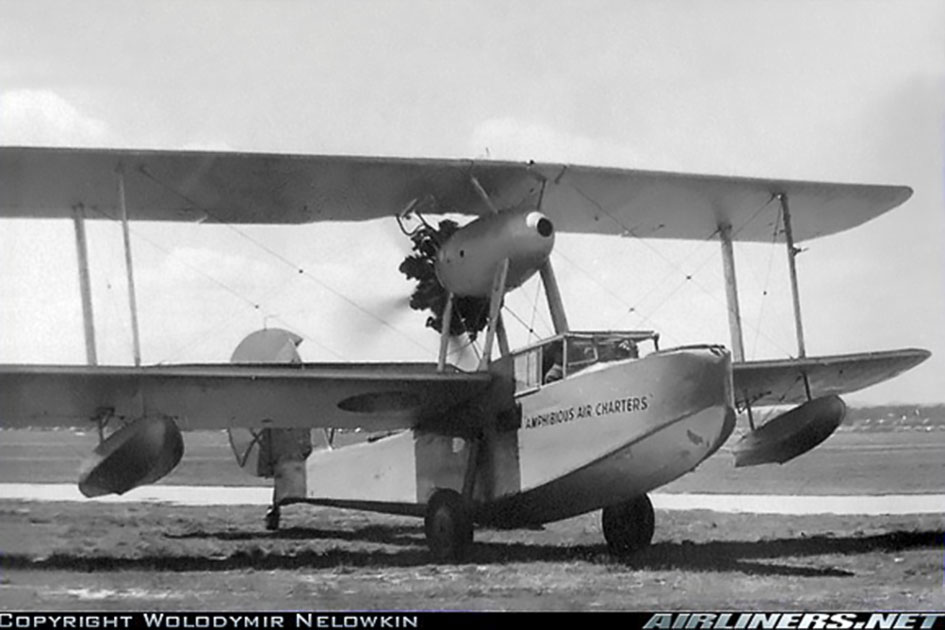
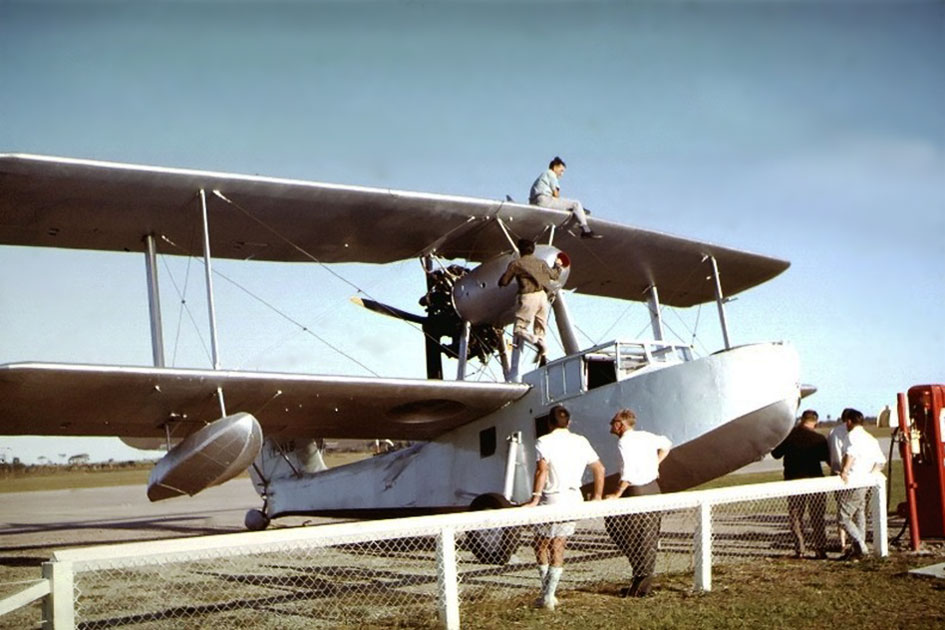
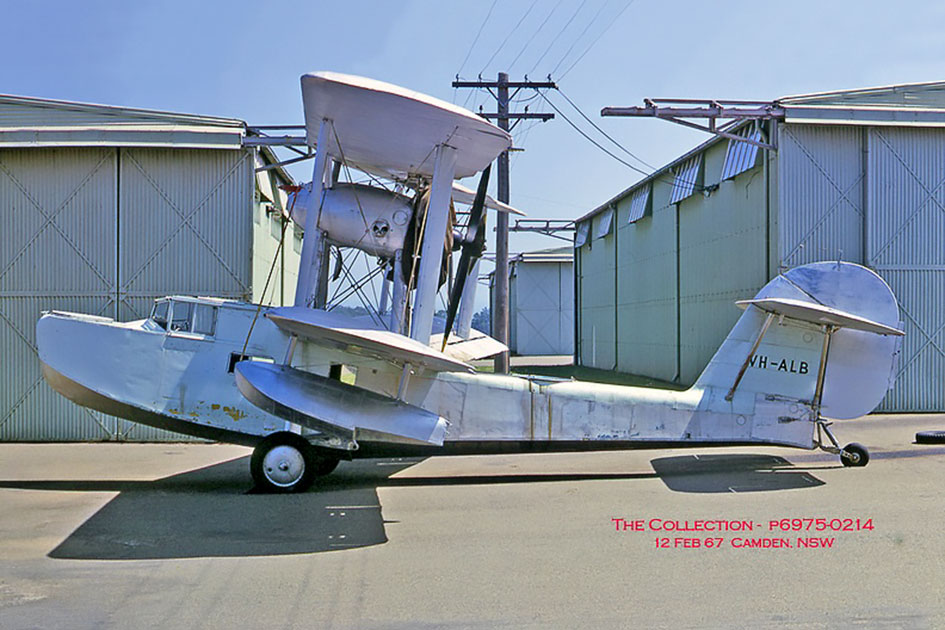
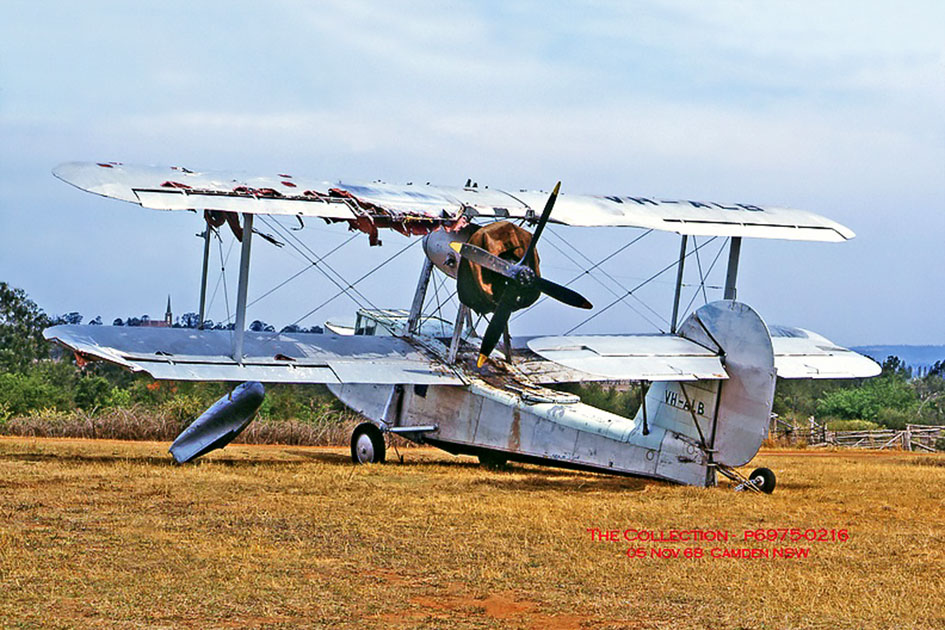
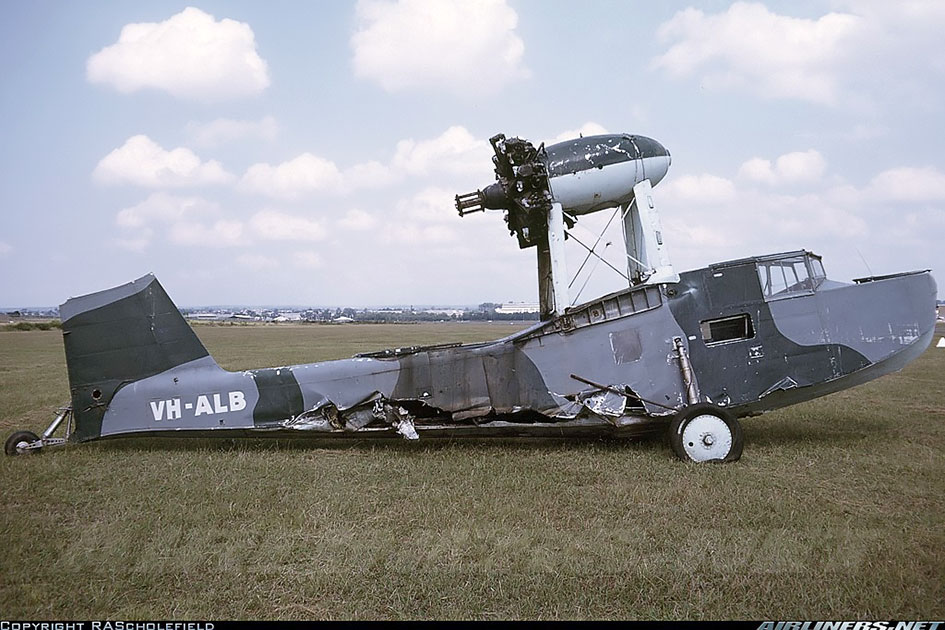
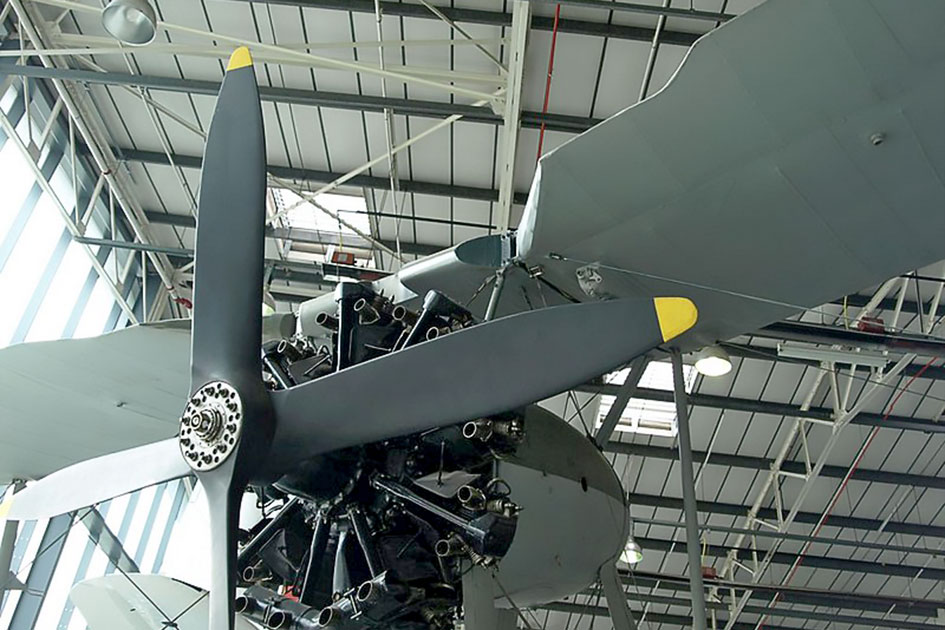
I read about the Walrus at Camden and recall seeing it in about 1967 .
My late father Malcolm Smith flew walrus aircraft in WW11and Catalina also.
His Catalina A24-381 rests on LHI where its last flight crashed at night in 1948 with 9 crew , 2 survived . He also flew HD-874 at Heard Island in 1947 in the ANARE where he named lagoons and glaciers after my mother.
Hi Malcolm
It’s good to hear about your families history with this aircraft. Thanks for sharing this information with us.
Kind regards
John
i have a propeller from 1942 seagull v, please email me with how to identify exact plane it is from
Hi Michelle
The Propeller is unusual on the Seagull V/ Walrus in that it was two 2 blade propellers bolted together at right angles so if your prop has 2 blades its actually half a prop if it has 4 blades it’s the whole prop. Its unlikely that you will be able to trace the exact aircraft it came from but if there is a mark or writing on the Prop labelled A2- something the number after the dash is the serial of the aircraft – propellers were often swapped from one aircraft to another due to maintenance issues.
Kind regards
John
A Walrus 1 and six RAAF personnel were lost when HMAS Sydney was sunk by the German raider Kormoran on 19 November 1941.
Hi Done
Thank you for sharing this information.
Kind regards
John
The Stanley Fowler Photograph Collection has 19 photos of this plane in operation and the various crew dated 1937 and taken along the Eastern seaboard of Australia – from Townsville down to Hobart.
Cheers!
I am the only person living who had the great fortune to fly in the right seat in the last two months in the life of VH-ALB in both the London to Sydney Air Race, reported missing in Timor in 1969 and a few weeks later the crash in Taree. Having just completed writing the story of this rollicking adventure is there anyone who would be interested in hearing the full story?
Hi John
Thanks for sharing this information.
Kind regards
John
I witnessed A2-4 approach and land on Pittwater adjacent to the old torpedo station at Taylors point, just north of Sydney, one evening around dusk, possibly 1970. She looked as if her engine was loosing massive amounts of oil. A teenager at the time, I rushed home to tell my father, and ex WWII spitfire pilot, 74 Sgn RAF. We drove back to Taylor’s point get a good look at her but by then it was quite dark, given short winter days. Michael Cortis, Bega ,Australia.